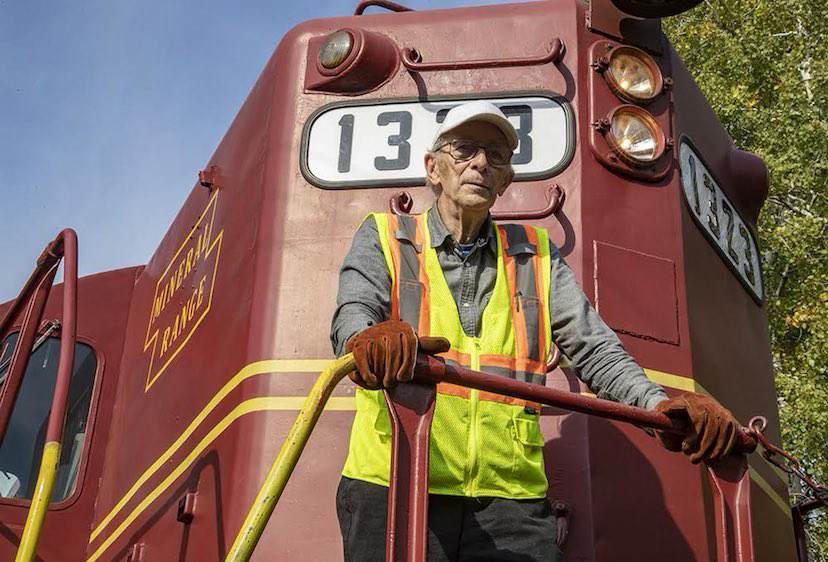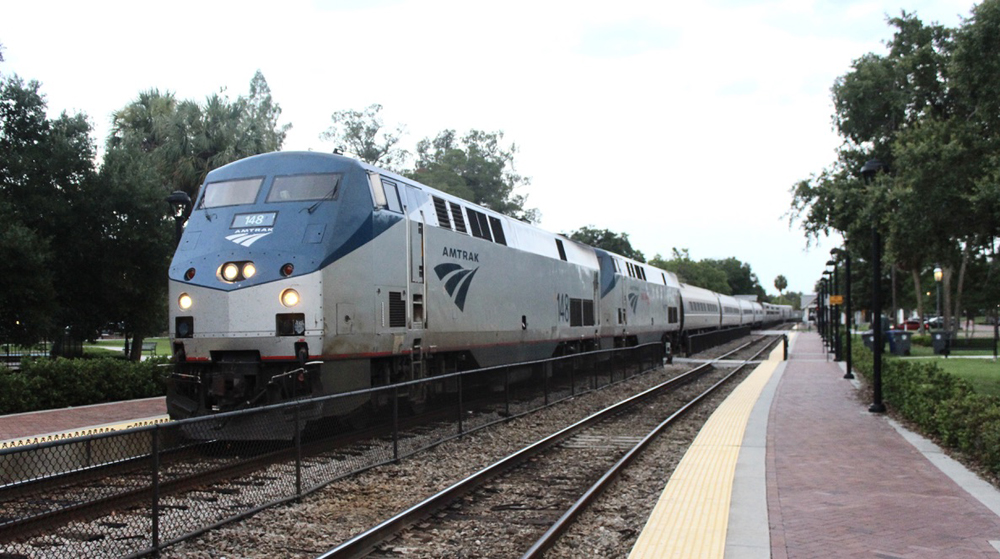 PLYMOUTH, Mich. — The Plymouth Historical Museum has signed an agreement to bring the Pere Marquette Historical Society, Inc., archives to the museum. The agreement was signed Aug. 6.
PLYMOUTH, Mich. — The Plymouth Historical Museum has signed an agreement to bring the Pere Marquette Historical Society, Inc., archives to the museum. The agreement was signed Aug. 6.
“As someone who has been a member of the society since the very beginning and was fortunate enough to know several of the founders of the society who have since died, it’s wonderful to know that we finally have a home for all the material they worked so hard to preserve,” says Pere Marquette Historical Society President Thomas J. Gaffney. “As we move into our 26th year of existence, we can begin to look to a much more stable and rewarding future that not only encompasses the heritage of the Pere Marquette itself but encourages the preservation of material from the successor companies that continued to operate its former lines. The fact that we now have a home for that heritage in one of the most important crossroad communities that the Pere Marquette served is a huge win for everyone involved.”
The Pere Marquette archive was established in 2001 with the donation of several collections from its membership. In 2003, the archive made its first major expansion with the donation of the Henry J. Walhout negative collection, and was vastly expanded in 2006 with the acquisition of Art Million’s personal collection. The archive was formally named the “Arthur B. Million Memorial Archive of the Pere Marquette Historical Societ,” following his death that year.
Originally housed at the Joint Archives of Holland at Hope College, the collection was removed in 2011 and has been in storage since, with limited accessibility to researchers or the public. A renewed effort began in 2019 to find the archive a permanent home, culminating in the agreement with the Plymouth museum.
“We are excited to welcome this wonderful addition to the PHM archive,” said Plymouth Historical Museum Executive Director Liz Kerstens. “Plymouth was a hub for Pere Marquette as both north-south and east-west tracks crossed here. Once the collection is processed, researchers will be able to delve into the rich railroad history of Plymouth and Michigan.”
The museum is located at 155 S. Main Street in Plymouth. Hours are 1-4 pm on Wednesday, Friday, Saturday, and Sunday. The archive is currently available by appointment only on Saturday and Sunday. The railroad archive will take time to process, so please call 734-455-8940 x3 before making the trip. More information is available at the museum website.
The railroad historical society was founded in 1995. Membership is made up of historians, former employees and their relatives, modelers, and railfans. Its subject, the Pere Marquette Railroad Co., was formed in 1900 by the merger of numerous Michigan railroads. Over the years, the Chesapeake & Ohio gained more and more control until on June 6, 1947, the Pere Marquette was formally merged into the Chesapeake & Ohio. Nearly all of the trackage CSX operates in Michigan today is former Pere Marquette trackage.














Plymouth is western suburb of Detroit which was a junction for Pere Marquette lines in all four directions, north south east and west. Prior to B+O being folded into the family, everything Chessie in Michigan went through there.
The last sentence in the article (above) is interesting. B+O’s only service in Michigan was Toledo to Detroit over (if memory serves) New York Central rights. B+O direct into Detroit was far shorter than C+O, an end – around route through farmland west of DTW Metro Airport then north into Plymouth then east into Detroit or southeast to the Ford Motor Company Rouge River complex..
As today’s CSX has roots in both B+O and NYC, I assume (but I don’t know for certain) that the B+O line is used by CSX to access CSAO in Detroit.